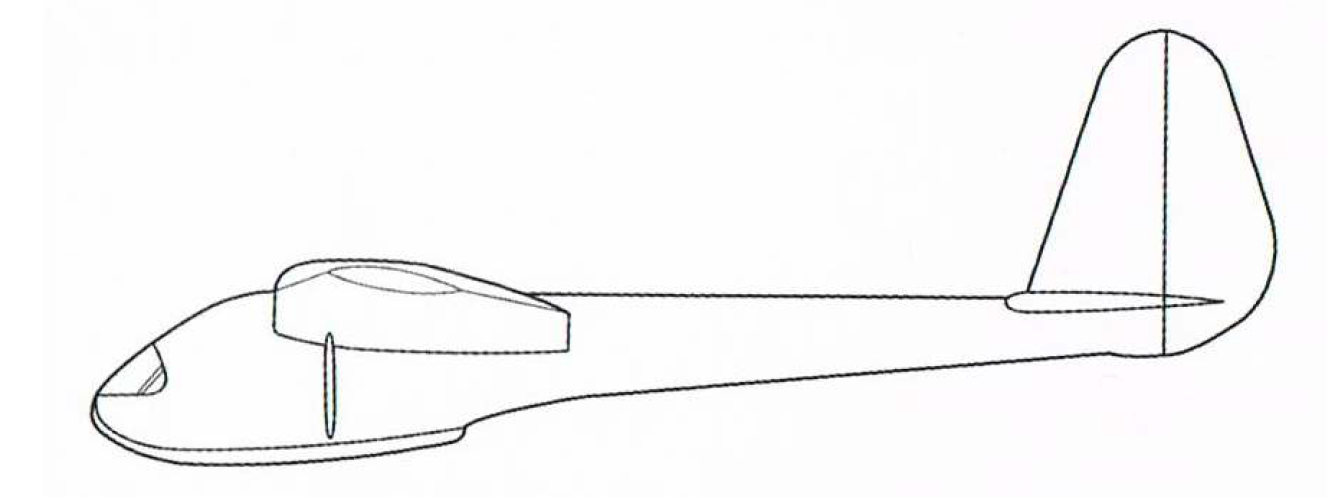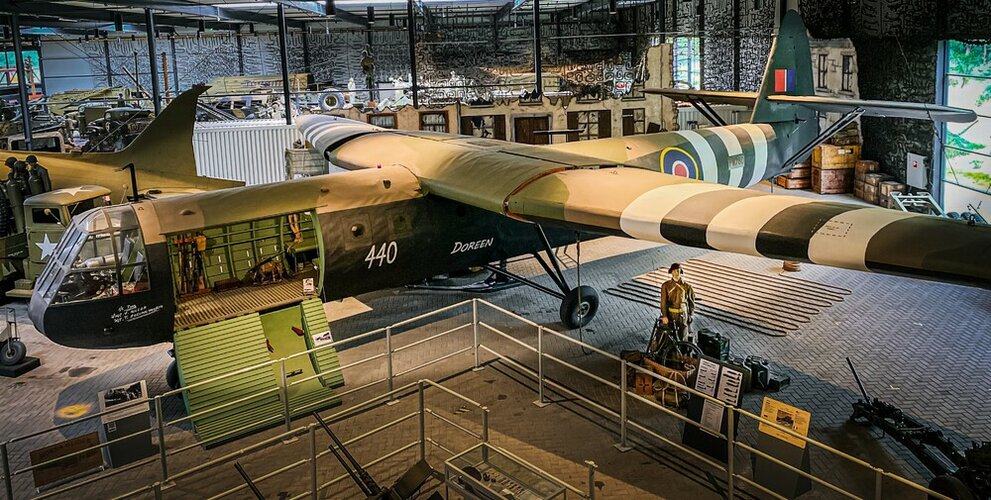All I know,in Google's book section,there is two parts about 1944 ,it's the last one,from July to the end of the year.
Yeah ... but a quick scan reveals that your clipping first appears on page 123 of
Western Flying, Vol. XXIV, No. 8, August 1944. Note that
Western Flying did not paginate full-ad pages but the page numbers are listed in the Advertising Index near the end of each publication.
For the record, what Google Books lists as:
Western Aviation, Missiles, and Space [sic]
Volume 24
ISBN: —
Publisher: Western Aviation Magazine.
Format: —
Published: Jul 1944
... is a library bound volume consisting of the following magazine editions:
Western Flying Vol. XXIV, No. 7, July 1944
Western Flying Vol. XXIV, No. 8, August 1944
Western Flying Vol. XXIV, No. 9, September 1944
Western Flying Vol. XXIV, No. 10, October 1944
Western Flying Vol. XXIV, No. 11, November 1944
Western Flying Vol. XXIV, No. 12, December 1944
Note that, for
Western Flying, each year of publication was a Volume - in this case Vol. XXIV (or 24). Each issue was given a No. - corresponding to that month's position in the calendar. Unlike some other magazines of the day,
Western Flying pagination began again at Page 1 for each month's issue.


































